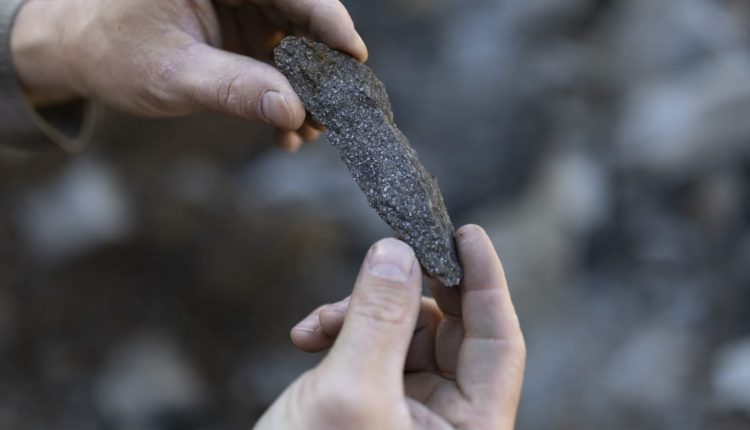China just pulled out some heavy artillery in the global tech cold war, though it hasn’t fired just yet.
If you thought lithium was the biggest component in a lithium-ion electric vehicle battery, you’d be wrong. That distinction goes to graphite. This humble element, better known to many from No. 2 pencils, is the basis of the anode, or negative pole, of EV batteries, accounting for up to half their weight. More than 90% of anode-ready graphite is produced in China.
Beijing called attention to this fact on Oct. 20, a few days after the U.S. ratcheted up controls on semiconductor exports to China. Graphite sales from China will require a license as of Dec. 1.
Xi Jinping’s government slapped similar restrictions this summer on two rare earth metals common in electronics manufacturing, gallium and germanium. Gallium prices have jumped by half since then, data provider Argus reports. A graphite squeeze could have a stronger impact still, says Ross Gregory, a partner at Korea-based consultant New Electric Partners. “Rare earths was a flesh wound,” he says. “Graphite would cause some internal bleeding.”
Graphite can either be mined or derived synthetically from petrochemicals. Synthetic production is more common and theoretically easier to replicate. But the pollution and carbon footprint involved can negate the underlying purpose of going green. “You’ll never see China’s huge blast furnaces in Western countries because of the environmental impact,” says Tom Kavanagh, the editor of Argus Battery Materials.
Graphite reserves are spread more evenly around the globe, with Brazil and Turkey among the leaders. China accounts for 80% of mine production, however. Virtually all the rest heads to China for processing. Competing projects are in the pilot stage. Australian-listed
Syrah Resources
(ticker: SYR.Australia), controls a large mining complex in Mozambique and is building a processing plant in Louisiana. (Its shares jumped 40% on China’s announcement.)
Vianode, a Norwegian outfit part-owned by
Norsk Hydro
(NHY.Norway) promises to make synthetic graphite while cutting CO2 content by 90%. That’s likely to cost a lot more than the Chinese model, Kavanagh predicts.
Graphite prices have actually fallen lately as China ramped up synthetic production while its economic troubles dampened domestic EV demand, says Kien Huynh, chief commercial officer at
Alkemy Capital Investments,
which focuses on energy transition metals. “My response to this news is the Chinese are trying to return some pricing power,” he says.
China needs to consider that past trade weaponizations have produced a response, eventually, says Marko Papic, chief strategist at the Clocktower Group. Beijing curtailed rare earth exports to Japan over a territorial dispute for a few months in 2010. Since then, its share of rare earths production has slumped from 90% to 70% as customers devised alternatives.
An all-out graphite squeeze would also affect a range of basic industries that use the element, with blowback for China’s already struggling economy. Instead, Beijing will look to “pick and choose who wins and loses” from access to its graphite, Papic thinks.
No prize for guessing who the intended losers could be. “This could severely affect U.S. auto makers as they shift from internal combustion to EVs” Gregory says.
That’s a less-than-ideal backdrop for Chinese foreign minister Wang Yi, who is expected to land in Washington today.
“Neither side is interested in fundamentally changing their own behavior for a ‘tech peace,’” says Scott Kennedy, senior advisor in Chinese economics at the Center for Strategic and International Studies.
Read the full article here

